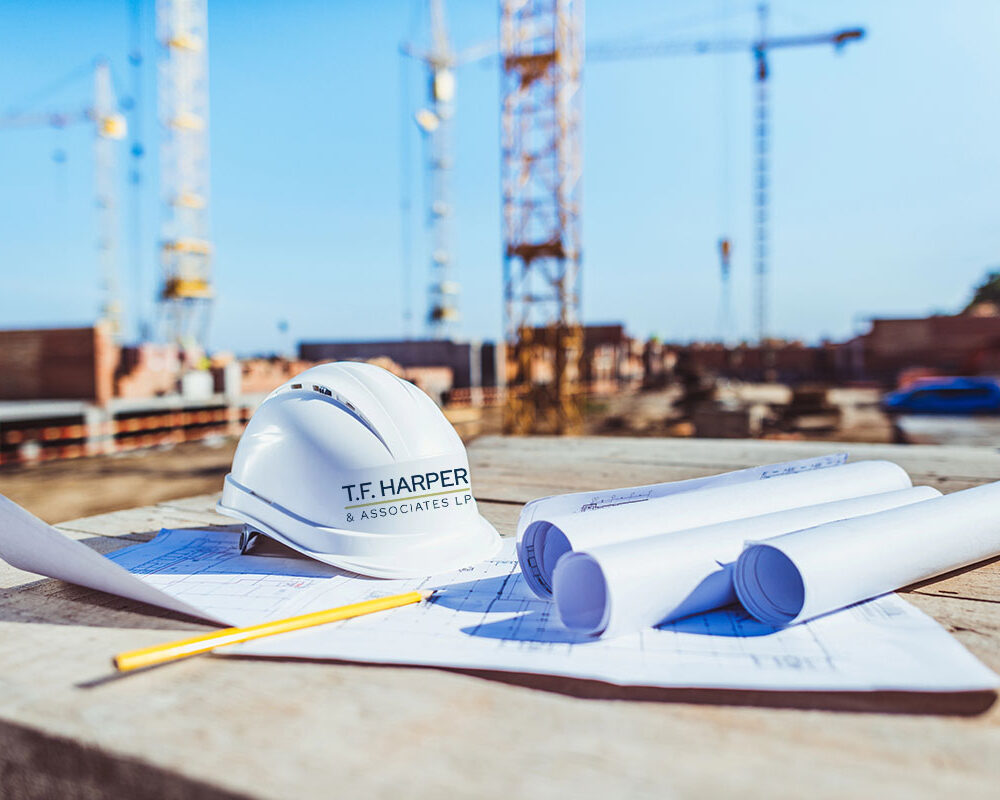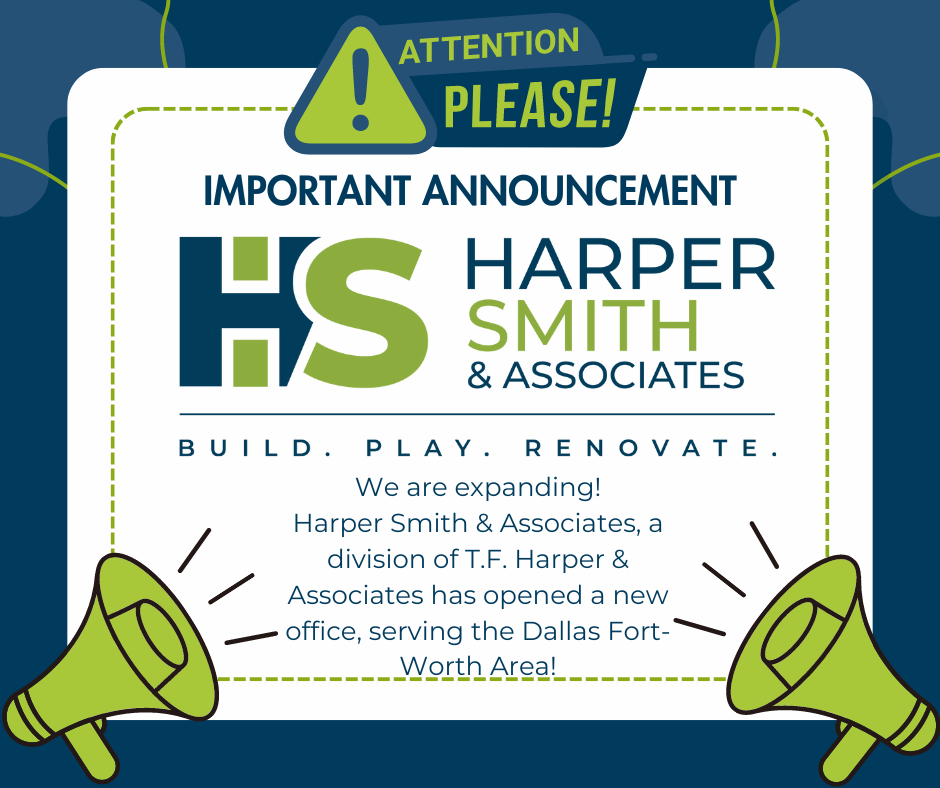Construction companies must keep checklists or inventories to improve construction quality management at their various projects. Quality control and lists go hand in hand, similar to grocery shopping, except that one can be a matter of life or death and loss prevention.
Here are a few best practices for construction management:
Understand the Importance of a Checklist
If people are to achieve success at anything they undertake, then knowing why they’re doing it is essential. The two main reasons for using a checklist to ensure quality management are, therefore, to build an increased understanding of high-risk or high-profile dilemmas and furnish documentation of the assessment and what was evaluated. Additionally, it establishes a consistent, structured assessment technique and documents compliant and non-adherent problems with both notes and snapshots.
Never Change the Specification
While it is crucial to evaluate the entire expanse of the specifications, including the whole thing, it will make your index much less beneficial. Specifications are long reports that repeatedly comprise lots of sheets of requirements. This makes for an unmanageable list, but the greatest threat is that the most significant high-risk elements will end up hidden and eventually left out.
Focus on the Most Common Issues
Create the lists to focus on recurring issues that have yet to be understood or dealt with through the quality management procedure. Occasionally examine your lists and eliminate elements that pass inspection all the time. Enjoy the success with the team.
Keep The List Short
Always keep in mind the main reason for creating a checklist. It’s to establish increased knowledge of very difficult or high-cost problems. Therefore, reducing the number of checkpoints will improve efficiency and minimize complacency by field workers.
Use Correct Features for Each Checkpoint
Each check area has various objectives, so use the useful features when creating checkpoints, such as:
- Check marks used to display the current status (Pass/Fail will not do)
- How info is obtained in regions and charts
- Simple study notes and statements
- Images with markup, times, and geographical settings
- Allow access to source papers, blueprints, and specifications (catalog or via hyperlink)
- Source images of jobs performed correctly to use as training tools
- Instructions for inspectors
- The explanation for a reported problem (destruction by others, artistry, equipment flaws, etc.)
- The remedial action needed to figure out a documented issue (restoration, replacement, and training)
- Importance of the item
- Scheduled date of the item
- Major and minor accountable parties for duties conducted and problems found
- Compilation of performance grades
Make The List Forward-Thinking
Another important reason for making a list is that you’ll have it on the record that the inspection of crucial elements was done. The checklists should enable the field inspector to take photos and make comments to give a virtual experience of the inspection to observers of the list. While the operation is underway, all interested parties will breathe easily, knowing that they’ve seen the virtual inspection, and it was done correctly.
Use Correct Wording
Checkpoints need to be very specific for everyone who examines them to understand clearly. Use distinct ratios, temperatures, and tolerances to give exact data for prospective viewers. By incorporating these strategies into your quality management inventories, you’ll help ensure that everyone involved is on the same page and all of the project’s moving parts are accurately accounted for.
Find an Effective Construction Project Manager in Austin, TX
Effective construction quality management begins with an experience project manager. If your Austin construction project needs a competent team to help get the job right, contact T.F. Harper & Associates LP. We can add decades of leadership experience to your project to ensure it’s completed effectively!







